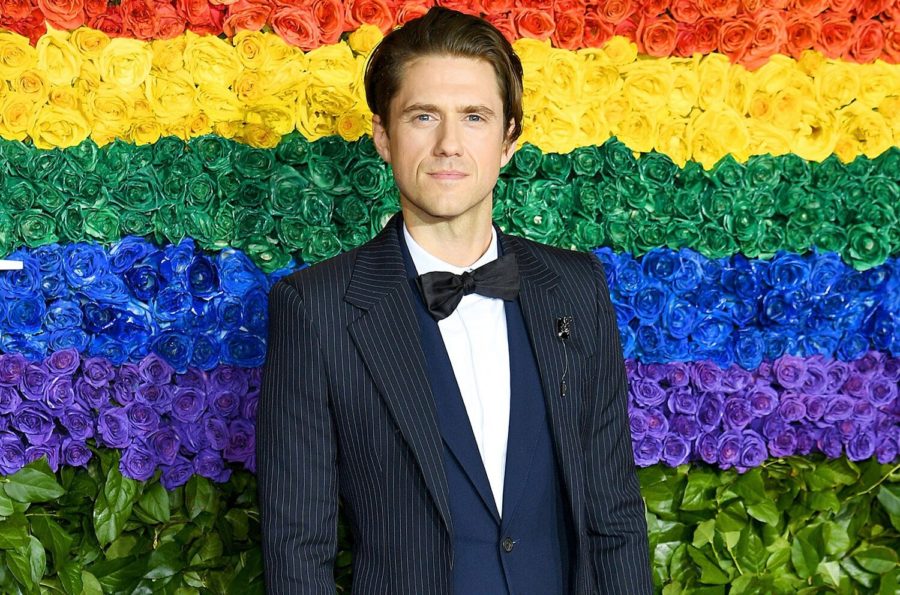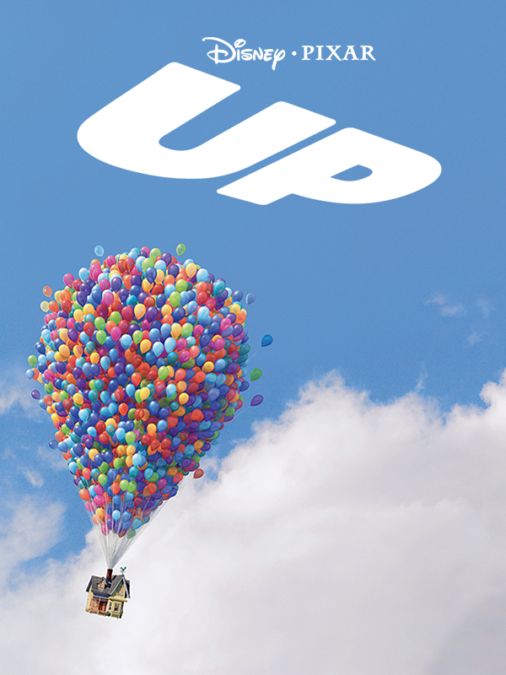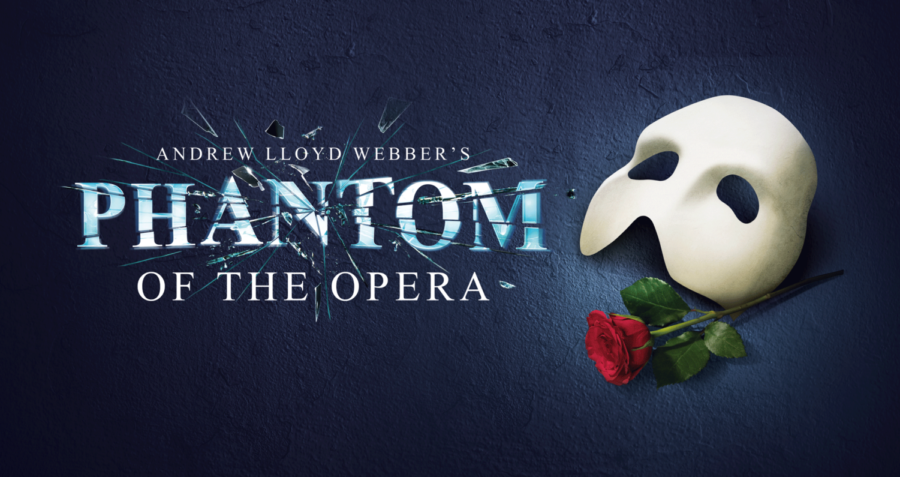In each generation, there are a collection of movies and television shows we spent an enjoyable part of our lives watching – a collection that later went on to define and determine our values and goals.
Our generation grew up on such stuff as Lizzie McGuire, Even Stevens and the introduction of five new Disney princesses, then, in adolescence, moved on to The O.C., Gossip Girl, a slew of superhero movies and some Sex and the City reruns, rounded out, of course, by all 12 seasons of American Idol.
Taken all together, what sort of images and lifestyles did these films and shows tell our generation was normal and to be prized? And what do we think about ourselves and others as a result of their expectations?
Glossy. Stylized. Flawless. Epic.
If we’re brave enough to be honest, none of us are these things. The people around us whom we think “have it together,” whom we aspire to be, in turn aspire to be someone other than themselves, and so on.
Every person whose identity and value we perceive to be so assured by something, whether intelligence, beauty or creativity, will at some point encounter an individual more prestigious than they, and so feel just as insecure and self-conscious in the light of their own shortcomings.
As written by William Shakespeare, “Expectation is the root of all heartache.” But in a competitive world, admitting weakness is impossible, so we continue on with our illusions of success and happiness.
Glossy. Stylized. Flawless. Epic.
But with these masks of perfection alienating us from those around us.
But as with any movement in any social institution, a counterculture typically evolves.
A few years ago “Mumblecore” referred to a low budget style of artistic film, so named because the poor quality of the film’s audio resulted in the dialogue sounding “mumbled.”
Within this genre, characteristics such as improvisation and natural dialogue were valued, rather than stiffly structured and formally delivered scripts.
Non-professional actors, without makeup artists or stylists, and often in clothes from their own personal lives, embodied characters with comedy-drama story lines in aimless artistic and romantic failures.
These organic, and even ugly, characters led less than perfect lives and spoke in less than perfect dialogue.
The creators of mumblecore acknowledged that “normal” was illusory, that there was no one way that life was supposed to be, and there was no one path to follow that guarantees success or happiness or acceptance.
With these qualities, the mumblecore movement of film denounced the façade of perfection, and with it, the loneliness of the black and white world-view of our parents, the good vs. evil films of our youth and the glamor-oriented popular culture of our generation. No behavioral “scripts”.
No expectations.
The much needed freshness of such a message meant that the values of mumblecore started to go mainstream. Films such as the indie hit “Safety Not Guaranteed,” and television shows such as HBO’s hit “Girls,” are written, directed and acted by filmmakers from the mumblecore genre.
“Girls” writer and actress Lena Dunham made her debut in the coming of age film “Tiny Furniture”, in which Dunham’s frizzy-haired character’s home is her own, and her mother and sister acted by her own mother and sister. Dunham herself describes “Girls” as a TV show about the harsh reality felt by the Sex and the City generation.
These individuals realized in their own lives, then translated to their films, that we’re all flawed and ugly and scared.
With this came a genuinely truthful realization: That we can either pretend to be perfect alone, or we can be broken with the companionship of all the other broken people.
And in this harsh honesty, we’re not so focused on being a stylized happy, or a happy for the sake of everyone else, that we forget to just be organically and strangely ourselves.






